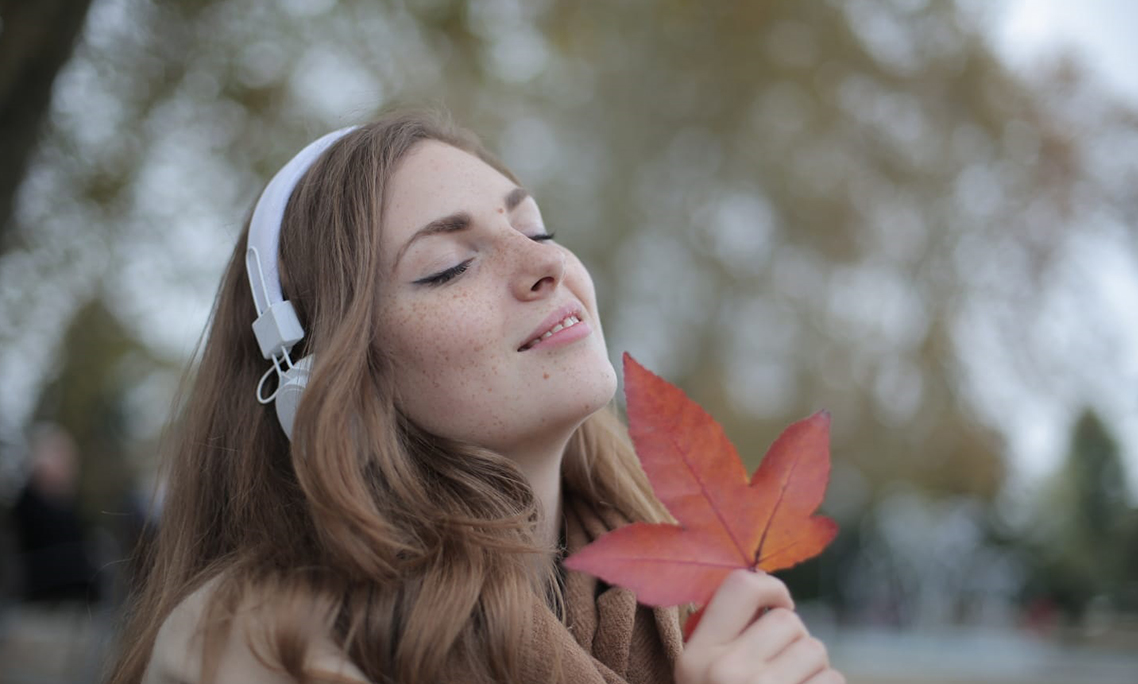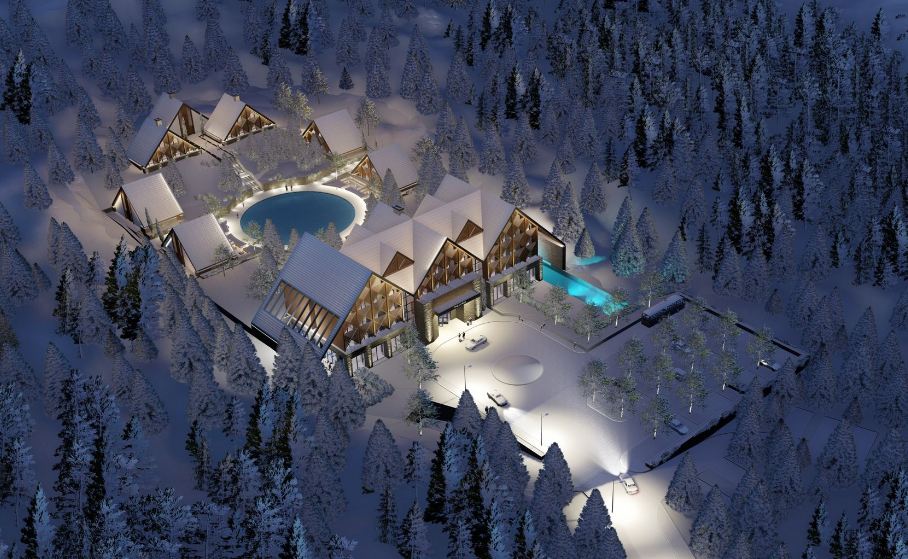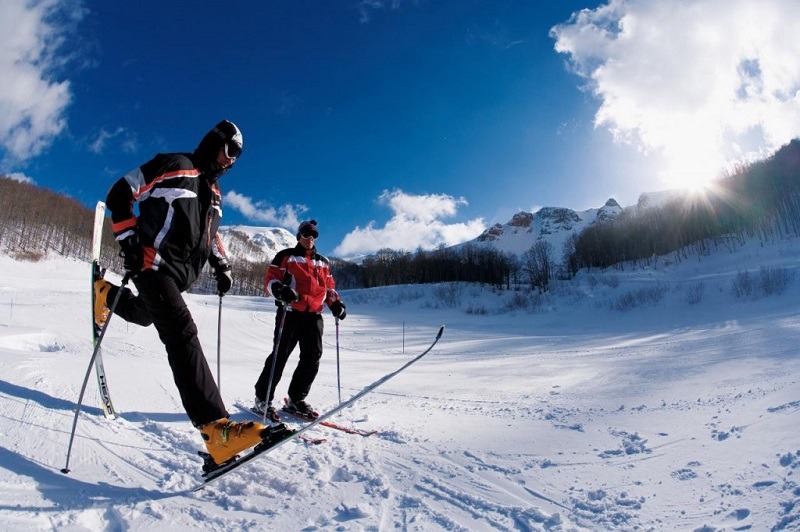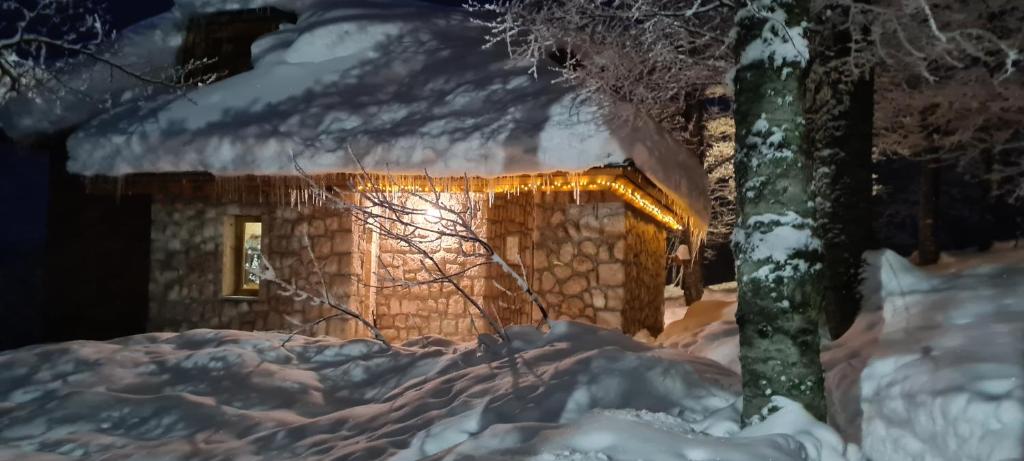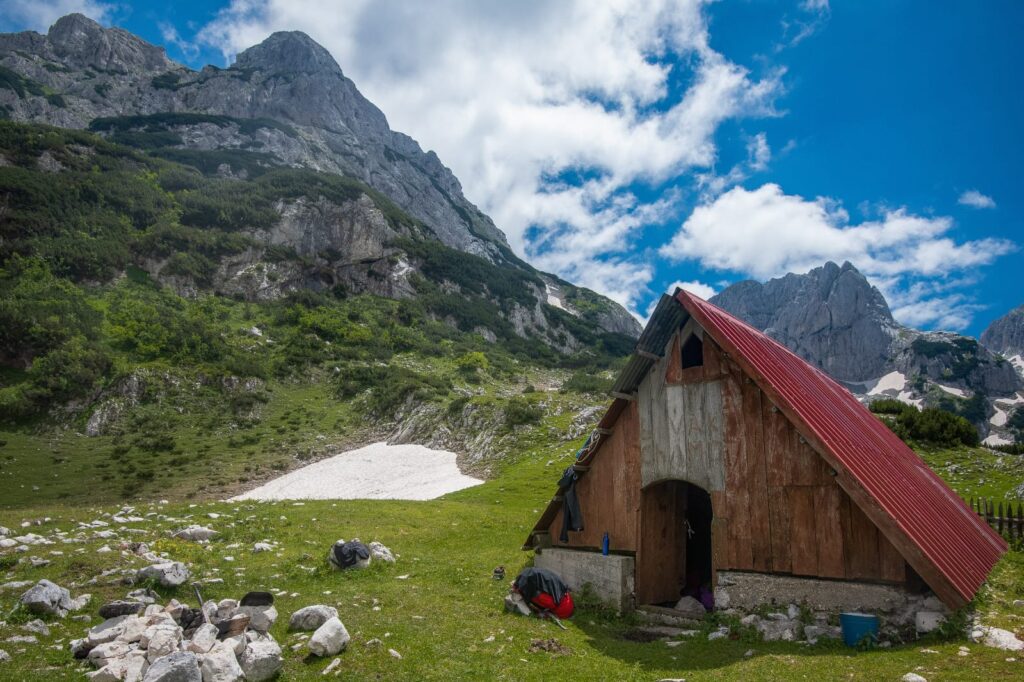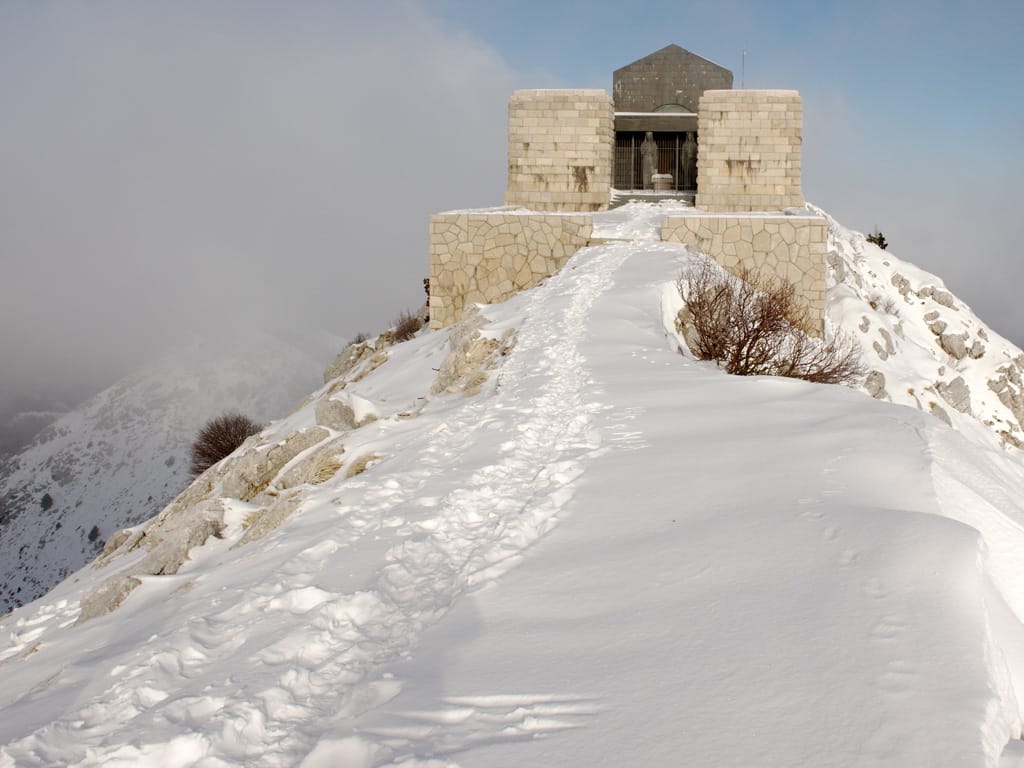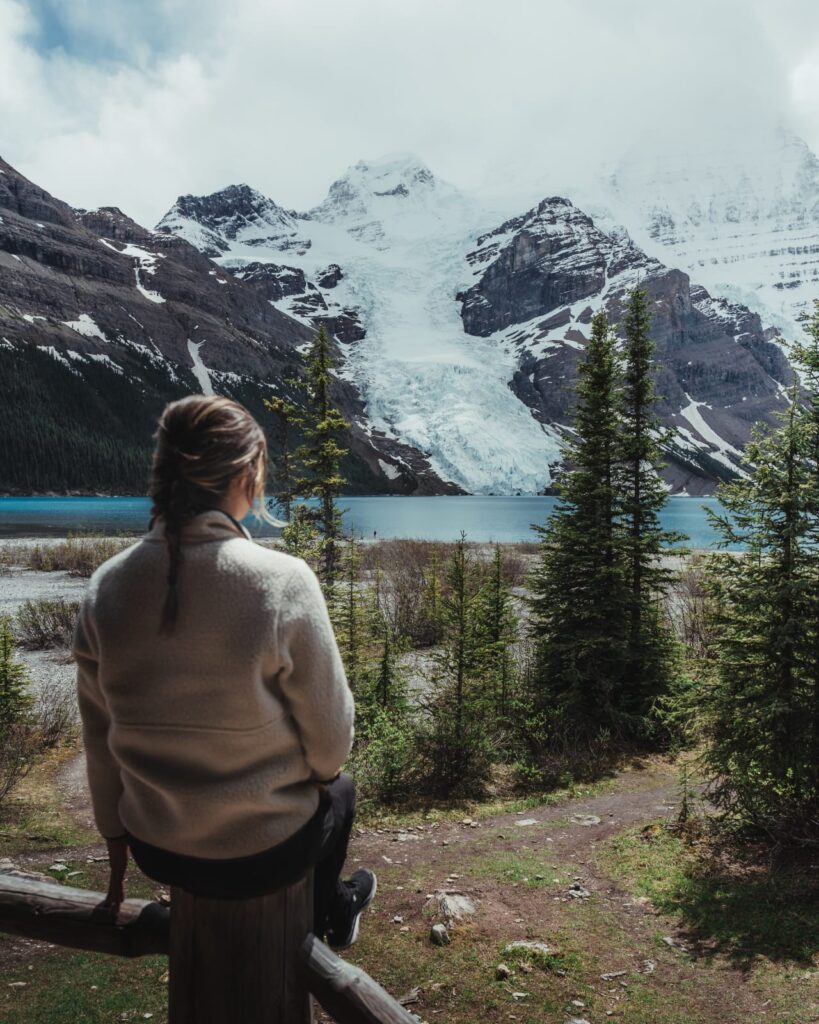Veliki broj ljudi najčešće posjećuje Crnu Goru za vrijeme ljetnjih mjeseci, što je očekivano, a riječ je uglavnom o mjesecima između aprila i oktobra. Ovaj period je definitivno najbolji izbor kada je riječ o upoznavaju Crne Gore do detalja, budući da za to vrijeme imate najbolje ponude vezano za letove, krstarenja ili ture generalno.
Boka Kotorska je najpopularnija regija za posjetu u ovom periodu, a najbolja varijanta za smještaj su bez premca apartmani u Porto Montenegru.
Vrijeme u Crnoj Gori tokom ljeta na primorju je uvijek toplo i suvo, sa sporadičnim, intenzivnim olujama koje ne traju duže od sat vremena. Temperature obično variraju između 20 i 39 stepeni tokom dana, naročito u julu i avgustu, kada je su sunčani dani praktično zagarantovani. Noći nisu ništa manje toplije od dana, pa sve one aktivnosti u kojima uživate dok je dan možete nastaviti do kasno u noć.
Izvan ovog perioda vidjećete da je većina primorskih hotela i odmarališta zatvorena do početka sljedeće ljetnje sezone, što ne bi trebalo da vas brine jer je vrijeme u Crnoj Gori promjenljivo i pogodno za planiranje druge vrste putovanja, ne samo ljetovanja.
Budući da je riječ o mediteranskom podneblju, slobodno se može reći da je vrijeme u Crnoj Gori tokom zime blago, jer temperature ostaju u rangu podnošljivih, između 0 i 15 stepeni.
Kiša je jedan od pratećih elemenata zime u Crnoj Gori, što ima i svojih prednosti jer je rezultat toga nevjerovatno zelen pejzaž koji odmara oči. U danima kada ne pada kiša, duva sjeverni vjetar koji zapravo garantuje odsustvo kiše, međutim definitivno zahtjeva dodatne slojeve ako izlazite napolje.
Na početku smo već naglasili da vrijeme u Crnoj Gori mahom zavisi od geografije i specifičnih karakteristika određenog područja, budući da jedan dio zemlje izlazi na Jadransko more, dok je drugi planinski. Razlika u temperaturama, a samim tim i u vremenskoj prognozi, između obale i planina je značajna, što se najviše primjećuje tokom ljeta.
Na planinama je tokom ljeta svježe, praćene povjetarcem i vazduhom koji se ne može zagrijati tako brzo kao na obali, pa stičete utisak da je prohladno. Ovo može biti prijatna promjena za one koji nisu toliki ljubitelji ljetnjih vrućina i provođenja vremena na plaži, jer vam dopušta duže šetnje i druge aktivnosti koje izbjegavate kada su temperature napolju previsoke.
Najinteresantnija destinacija zimi je svakako Žabljak.
Žabljak se nalazi na planini Durmitor, jednoj od 5 nacionalnih parkova u Crnoj Gori. Ove oaze prirode su kao stvorene za duge šetnje, planiranje ili opuštanje, budući da ovaj mali gradić raspolaže odličnim smještajnim kapacitetima. Skijanje je ovdje imperativ tokom zime, dok su ljeta blaga i sa temepraturama koje variraju između 20 i 30 stepeni.
Kada već govorimo o vremenskim uslovima, možda su primorski gradovi očigledan izbor kada je riječ o kupanju i sunčanju, ali postoji jedna, možda ne toliko očigledna opcija koja se nadvija nad njima, a to je planina Lovćen. Lovćen je takođe nacionalni park koji krije nevjerovatne primjerke flore i faune, ali pored divljine koja je sastavni dio ove planine, Lovćen je savršeno utočište za sve one koji požele da vrijeme teče malo sporije.
Slobodno se usudite da posjetite Crnu Goru i zimi, jer nista manje nije interesantna od ljetnje Crne Gore.
Winter in Montenegro
A large number of people most often visit Montenegro during the summer months, which is expected, and it is mostly the months between April and October. This period is definitely the best choice when it comes to getting to know Montenegro in detail, since during that time you have the best deals related to flights, cruises or tours in general.
Boka Kotorska is the most popular region to visit in this period, and the best option for accommodation are unrivaled apartments in Porto Montenegro.
The weather in Montenegro during the summer on the coast is always warm and dry, with sporadic, intense storms that do not last longer than an hour. Temperatures usually vary between 20 and 39 degrees during the day, especially in July and August, when sunny days are practically guaranteed. The nights are no less warmer than the days, so all those activities you enjoy while the day is on you can continue until late into the night.
Outside of this period, you will see that most coastal hotels and resorts are closed until the beginning of the next summer season, which should not worry you because the weather in Montenegro is changeable and suitable for planning other types of travel, not just holidays.
Since this is a Mediterranean climate, it is safe to say that the weather in Montenegro during the winter is mild, because temperatures remain in the range of tolerable, between 0 and 15 degrees.
Rain is one of the accompanying elements of winter in Montenegro, which has its advantages because the result is an incredibly green landscape that rests the eyes. On days when it is not raining, a north wind blows, which actually guarantees the absence of rain, but it definitely requires additional layers if you go outside.
At the beginning, we have already emphasized that the weather in Montenegro largely depends on the geography and specific characteristics of a particular area, since one part of the country faces the Adriatic Sea, while the other is mountainous. The difference in temperatures, and thus in the weather forecast, between the coast and the mountains is significant, which is most noticeable during the summer.
It is fresh in the mountains during the summer, followed by the breeze and the air that cannot heat up as fast as on the coast, so you get the impression that it is cool. This can be a pleasant change for those who are not so fond of summer heat and spending time on the beach, because it allows you to take longer walks and other activities that you avoid when the temperatures outside are too high.
The most interesting destination in winter is certainly Žabljak.
Zabljak is located on the mountain Durmitor, one of the 5 national parks in Montenegro. These oases of nature are perfect for long walks, planning or relaxation, as this small town has excellent accommodation facilities. Skiing is imperative here during the winter, while the summers are mild and with temperatures varying between 20 and 30 degrees.
Speaking of weather conditions, coastal towns may be the obvious choice when it comes to swimming and sunbathing, but there is one, perhaps not so obvious option that hangs over them, and that is Mount Lovcen. Lovćen is also a national park that hides incredible specimens of flora and fauna, but in addition to the wilderness that is an integral part of this mountain, Lovćen is a perfect refuge for all those who want time to flow a little slower.
Feel free to dare to visit Montenegro in winter as well, because it is no less interesting than summer Montenegro.

